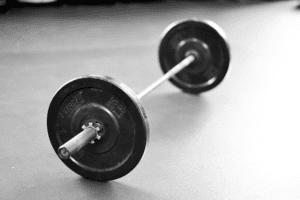
Balanced Betty & Frisky Freddie Bites
Here are 3 different seed bite recipes. One traditional – One for Chocolate lovers – One for Peanut Butter Lovers
The OG – Traditional with no frills added
Ingredients
1/2 Cup Almond Butter
4 Scoops Collagen Powder
2T Raw Honey
2T Chia seeds
1/4 Cup Almond Milk
1/2 Ground pumpkin seeds
1/2 Cup Ground Flax seeds
1/2 Cup Ground Sunflower seeds
1/2 Cup Ground Sesame seeds
Instructions:
Fresh grind your seeds – Mix all ingredients
Weigh out 14 of each. I double this so it makes a full month worth at least!
Store in freezer until ready to eat.
Macros: 8P 10C 14F
Peanut Butter Lovers
1 cup old-fashioned oats
1/2 cup creamy peanut butter
1/2 Ground pumpkin seeds
1/2 Cup Ground Flax seeds
1/2 Cup Ground Sunflower seeds
1/2 Cup Ground Sesame seeds
1/2 cup semisweet chocolate chips my fave are the fairlife (or vegan chocolate chips)
1/3 cup honey
1 tablespoon chia seeds (optional)
1 teaspoon vanilla extract
Instructions:
Fresh grind your seeds except for the chia – Mix all ingredients
Weigh out 14 of each. I double this so it makes a full month worth at least!
Store in freezer until ready to eat.
Macros: 10P 18.9C 19.8F
Chocolate lovers
1 cup old-fashioned oats
1/2 cup Nutella
1/2 Ground pumpkin seeds
1/2 Cup Ground Flax seeds
1/2 Cup Ground Sunflower seeds
1/2 Cup Ground Sesame seeds
1/2 cup semisweet dark chocolate chips my fav are the enjoy life (or vegan chocolate chips)
Or ½ cup cocoa nibs
1/4 cup honey
2 tablespoons Cacao or Cocoa powder
1 tablespoon chia seeds (optional)
1 teaspoon vanilla extract
Instructions:
Fresh grind your seeds – Mix all ingredients
Weigh out 14 of each. I double this so it makes a full month worth at least!
Store in freezer until ready to eat.
Macros: 11.8P 25.2C 19.4F


